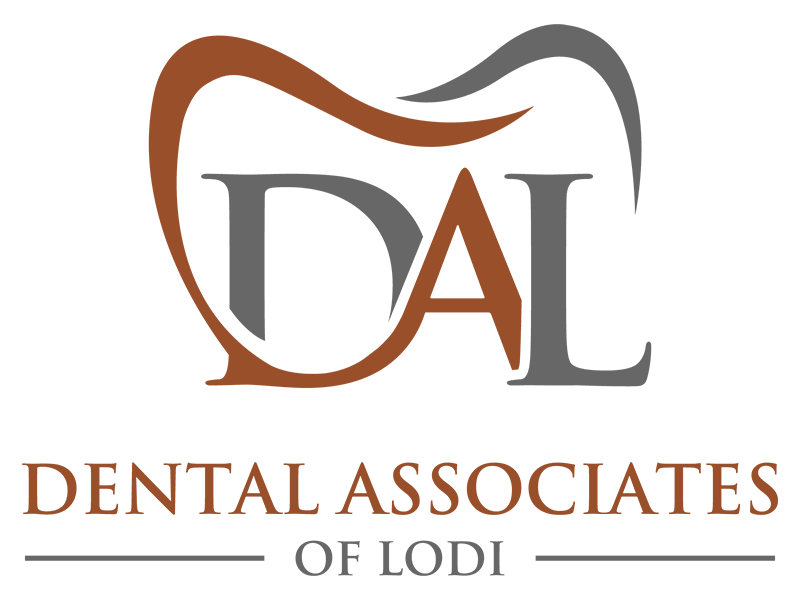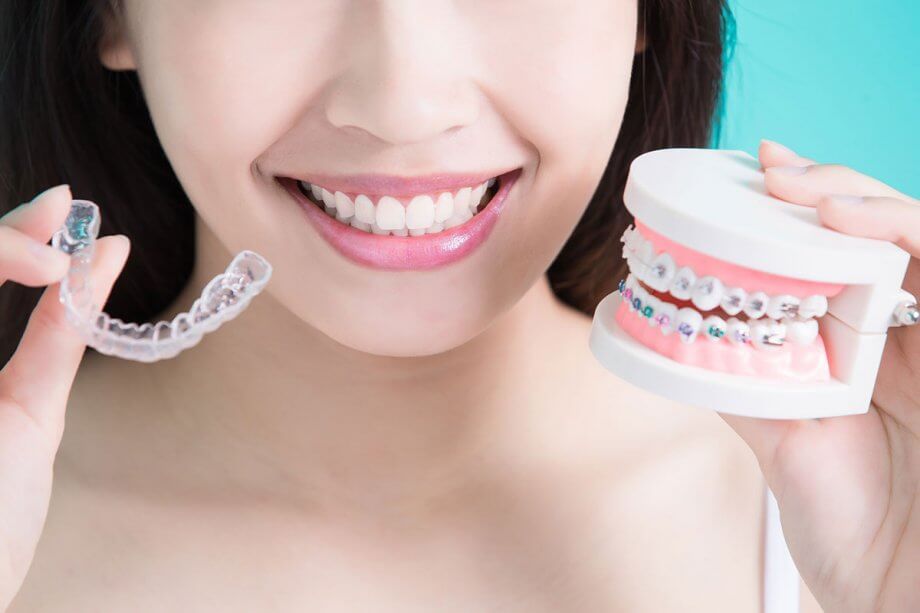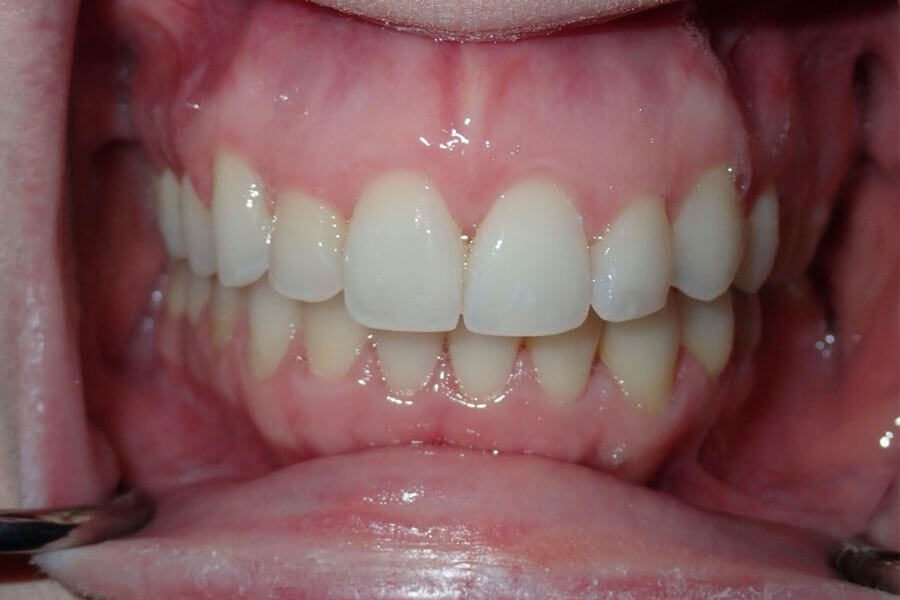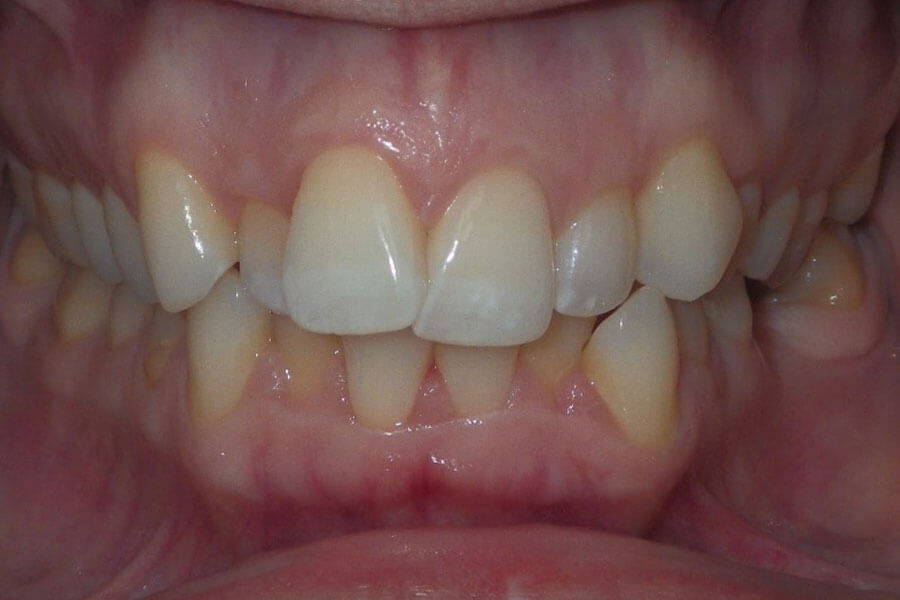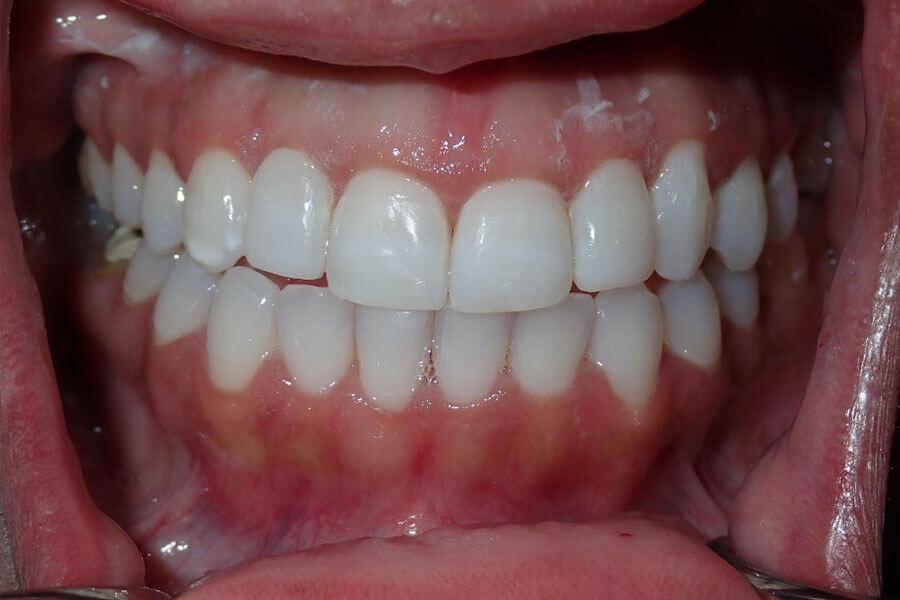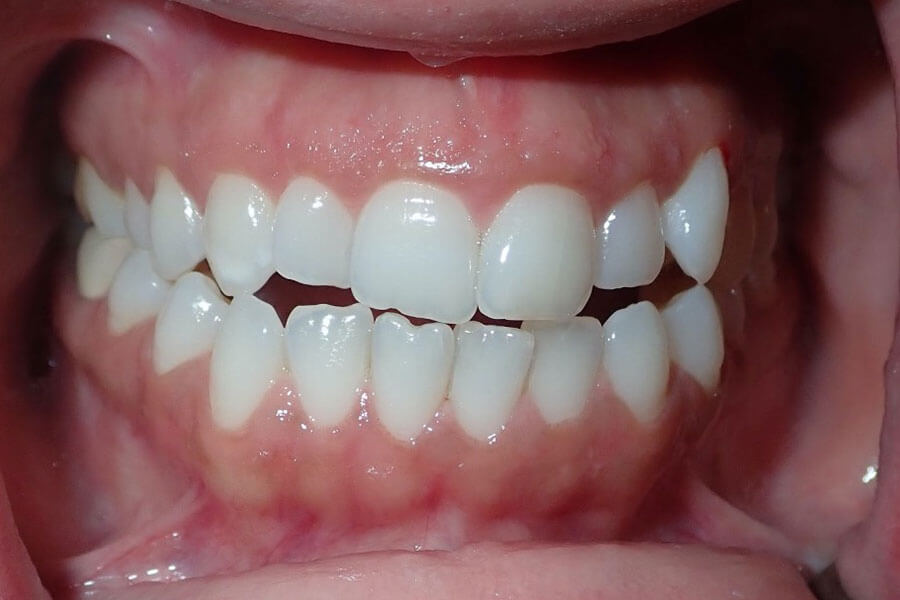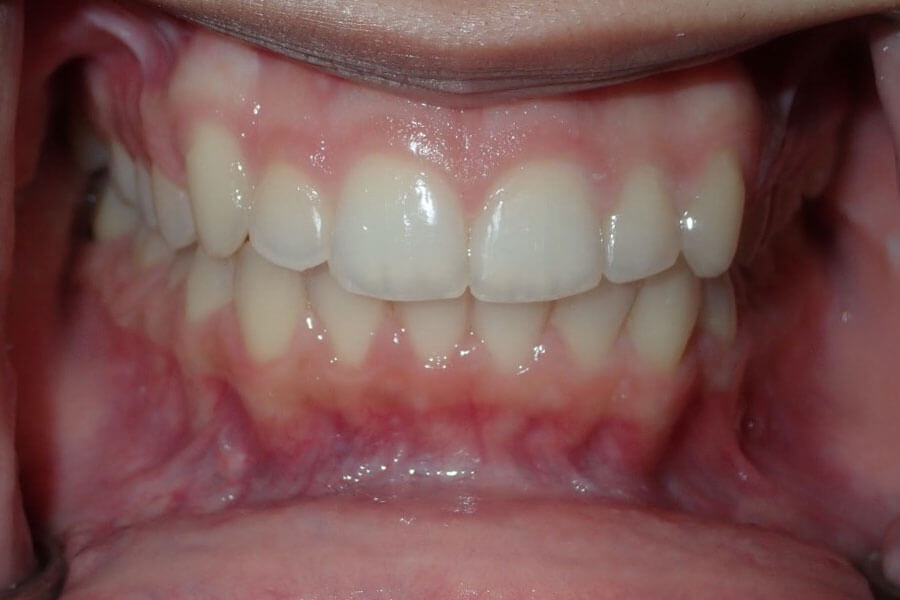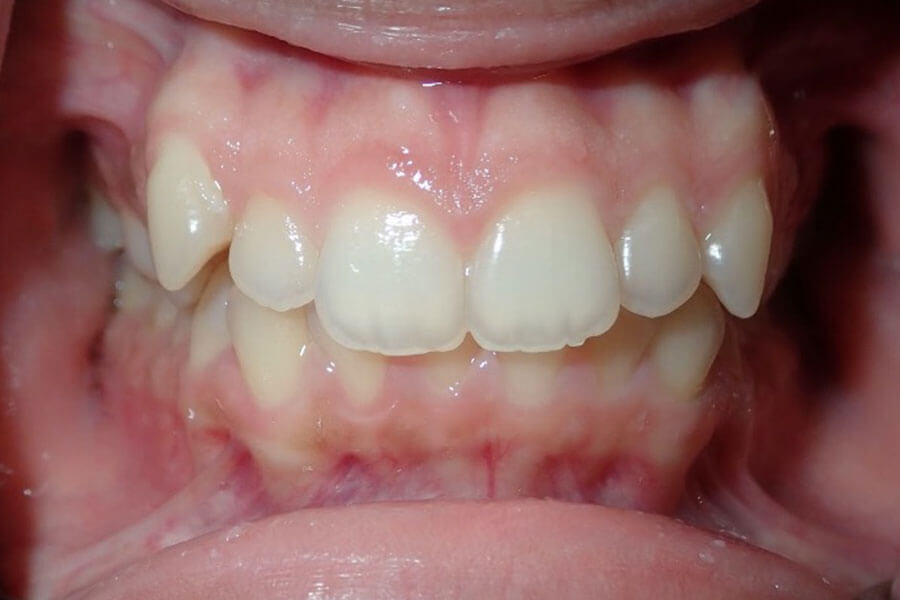Many of our patients wonder: when it comes to Invisalign vs. traditional braces, which is the better? The answer is different for everyone because you must decide what's best for you—your preferences, lifestyle, and, of course, your orthodontic needs. At Dental Associates of Lodi, we offer Invisalign treatment, but if we feel it’s not a fit for you, we can provide you with a referral to a qualified orthodontist for traditional braces.
Here are some things to consider when deciding between Invisalign and braces.
Appearance
The key reason many patients prefer Invisalign to traditional braces is because it’s more discreet. Metal braces are obvious and cannot be removed. In contrast, Invisalign aligners are virtually invisible and they can be removed when needed. No one will know that you’re undergoing orthodontic treatment, and for adult patients, that can be a big relief!
Cost
Believe it or not, traditional braces may be more expensive than Invisalign. This is due to more frequent dental visits and longer treatment time. The good news is that most dental insurance plans that cover the cost of braces will also cover at least part of the cost of Invisalign. If you have a flexible spending account (FSA) or a health savings account (HSA), you can use those funds to pay for Invisalign treatment, too.
Treatment Time
Treatment time is often faster with Invisalign, but only if you are in perfect compliance with the system. If you take your aligners out often and leave them out for extended amounts of time, your Invisalign treatment will likely take longer than it would if you had traditional braces. This is because braces are attached to your teeth and work 24/7, while Invisalign aligners only work when you are wearing them - minimum wear time is 22hrs per day
Invisalign also requires less time spent in our office. Many patients appreciate the fact that Invisalign involves fewer office visits because there are no wires to adjust. Traditional braces require more frequent appointments for tightening and adjustments; with Invisalign, you switch to the next set of aligners at home every 2 weeks and check in with us every 6 weeks so we can monitor your progress.
Results
Both Invisalign and traditional braces are excellent when it comes to correcting misaligned teeth and bites. However, there are times when braces are a better option. Traditional braces are still the treatment of choice for complex orthodontic cases.
If all else is equal and you are a candidate for both Invisalign and traditional braces, another factor to consider is oral hygiene. Your overall dental health will be better with Invisalign because aligners can be removed, allowing you to brush and floss normally. We often see patients with stains after their braces are removed, and flossing difficulties might lead to cavities between teeth. Both Invisalign and braces will straighten your teeth, but traditional braces may leave you with unexpected dental problems that you'll need to address later.
Which Option is Right for You?
If you’d like to learn more about Invisalign vs. traditional braces, contact us today at 862-247-8030 to schedule a consultation.
